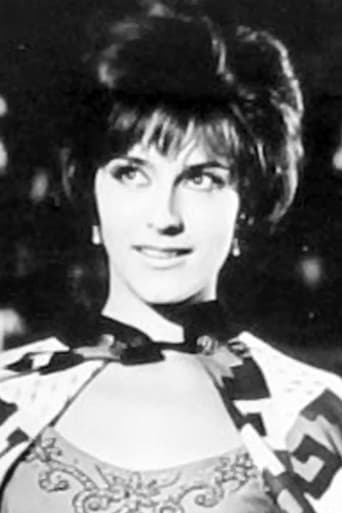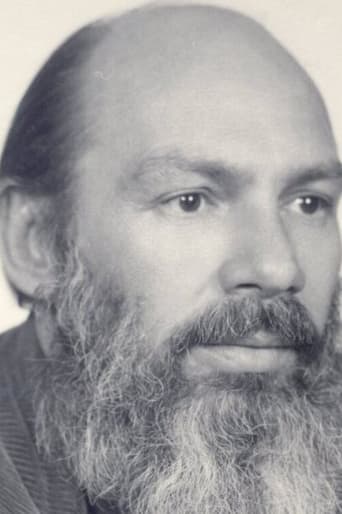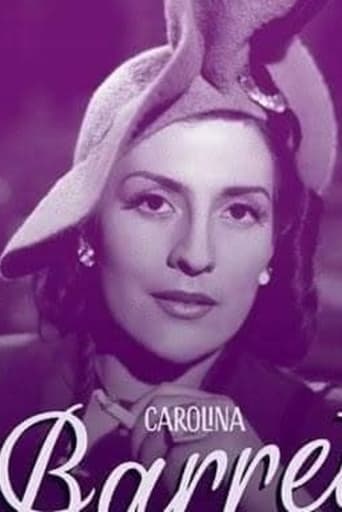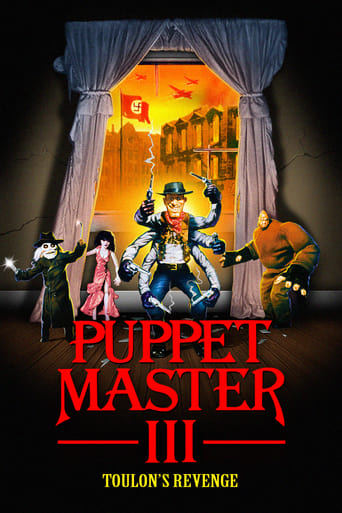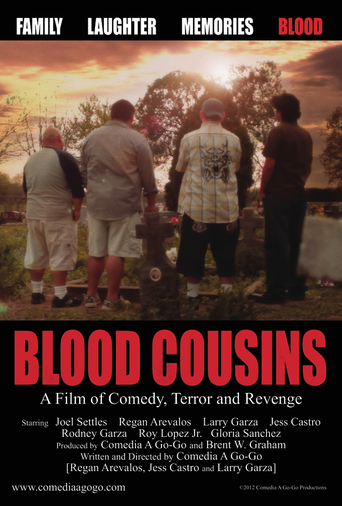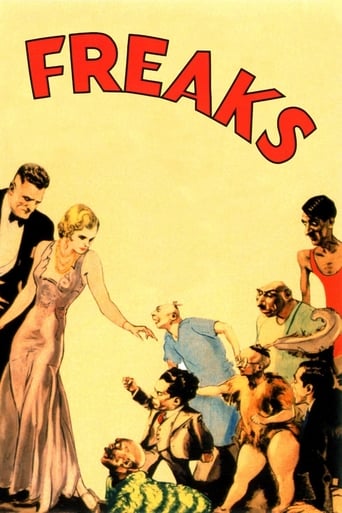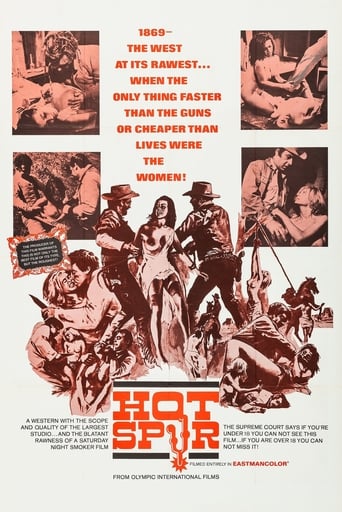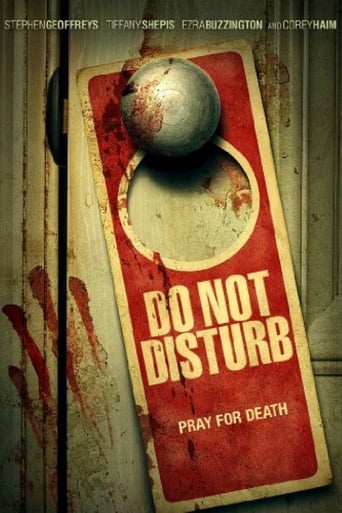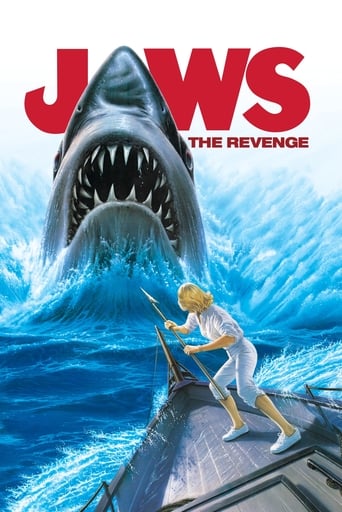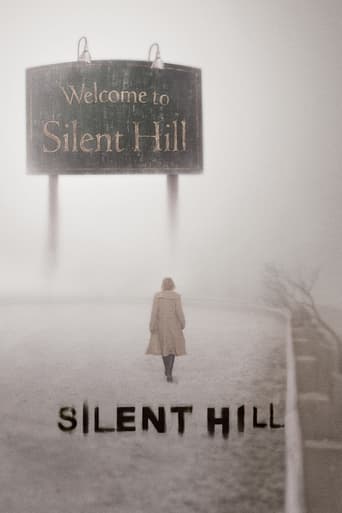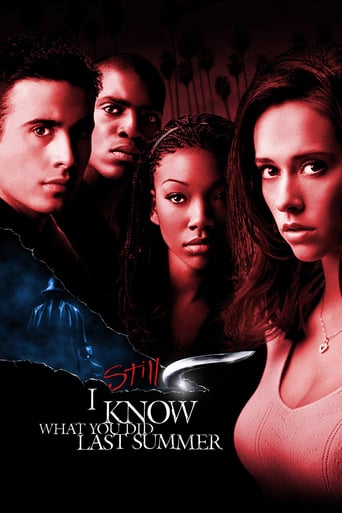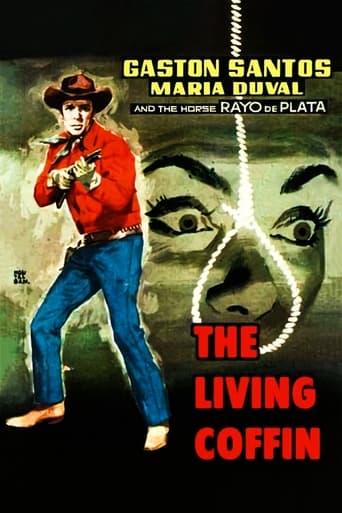

The Living Coffin (1959)
A cowboy and his sidekick meet a ranching family that is haunted by spirits and vampires.
Watch Trailer
Cast
Similar titles
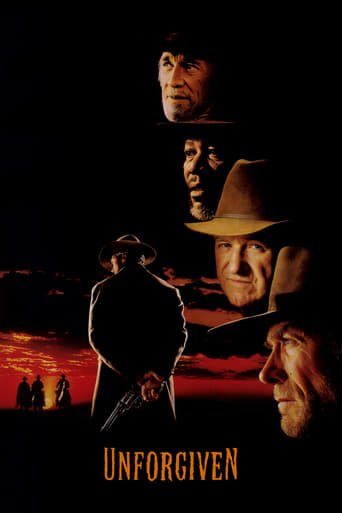
Reviews
People are voting emotionally.
Let's be realistic.
If you don't like this, we can't be friends.
If the ambition is to provide two hours of instantly forgettable, popcorn-munching escapism, it succeeds.
Not much to recommend here: this motion picture has a few elements reminiscent of "El vampiro" (the ghostly woman walking through dark corridors, the evil surrounding the sets of the dark hacienda in contrast to the sunny exteriors, humor combined with terror) but director Fernando Méndez and screenwriter Ramón Obón were not up to that previous collaboration. Obón would still write a few fine horror scripts (as "El mundo de los vampiros" and "La loba"), but Méndez stopped directing movies two years later, after making a routine western diptych and a formulaic melodrama. The leading man (swinger Gastón Santos, rich son of the big señor of his hometown, in real life) is prettier than the whole cast, but everybody acts better than him. He plays some kind of lone ranger and detective who arrives at a gloomy hacienda where an old woman (Hortensia Santoveña) lives in fright of her dead sister's spell, objecting all intents by her young niece (María Duval) to make life happier in the country side. The few persons remaining in a once prosperous town now live in fright of the vengeful Llorona (Crying Woman), who is somehow connected to the town doctor, two statues sculptured on a strange stone, a deadly swamp and killer cowboys. Santos is a good rider though and his horse Rayo de Plata also plays a key role in the plot, while Pedro de Aguillón plays Santos' sidekick in the lines of a Sancho Panza, adding lines and slapstick here and there, intended to be funny. Unfortunately the action lacks the right spirit, be it comedy or horror, in spite of Gustavo César Carrión's funny effort to add galloping beats to his score. Nothing said if you care for stiff terror westerns with intelligent horses and haunted swamps. Then this is for you.
The remaining few citizens of a sleepy Mexican hacienda fear the restless spirit of a woman who lost her children in quicksand. A knife is buried in a grandfather clock's face at the direct moment this woman died. To keep her from returning to plague the town even more, the knife remains until the niece, María(María Duval) of the dead woman's sister, Aunt Doña María(Hortensia Santoveña) plucks it out releasing possible terror on them all. María's intentions were to free her very superstitious, guilt-stricken aunt(..she blames herself for allowing her sister's children to play outside where they fell into the quicksand while her back was turned)of the anguish grieving her. A marshal(Gastón Santos) and his sleepy deputy, Coyote Loco(Pedro de Aguillón)happen to seek info on a small statue made by the woman whose death still culminates, like a thundercloud, on the township. What they encounter is murders to the hacienda's emotionally wounded alcoholic doctor(Antonio Raxel)who was still saddened by the loss of the weeping woman for whom he was to marry and Doña María, by a mysterious woman, with a ghastly complexion and sharpened claws which rip the faces of those she strangles, who removed herself from a tomb once María pulled the knife from the clock. But, our marshal believes that, in fact, there are mortals behind the murders and will stop at nothing to diminish the gloomy atmosphere of a hacienda riddled with fear, bringing a murderer to justice. We see towards the opening of the film that someone, in the bushes, shot Doña María's hired help in the back near the swamp where the quicksand is located and perhaps the restless spirit of the weeping woman wanders still mourning the loss of her children.Being a Casa Negra release, I was anticipating a Gothic western with supernatural overtones. Instead, director Fernando Méndez's film plays more like a western serial with shoot-outs, a bar fight, and even horse tricks(..like one scene where the marshal's rescued from the quicksand thanks to his horse bringing rope to his aid;the horse also makes discoveries which assist it's master). Despite the appearances of a Gothic terror tale regarding a ghost haunting the inhabitants of a once thriving community, it's instead a western where the marshal, pretty much a cowboy sleuth with Alan Ladd matinée idol looks, cracks down on corruption regarding the ownership of the hacienda and a mine containing gold. There's a reason why he's interested in finding out more about the stone statue, depicting a weeping female, carved out of gold. Pedro de Aguillón, as the marshal's sidekick always looking for a bed to sleep on, is a bumbling clown, used for comedy relief as the film builds to the climax. "The Living Coffin", in my mind(..and to other Casa Negra fans it seems), is a second tier release next to the upper echelon of films such as "Black Pit of Dr. M", "Curse of the Crying Woman" & "The Witch's Mirror", but I still recommend it. The fisticuffs are a bit flawed, but the film has it's moments such as when the murderess attacks her victims, and there are some neat little secret passageways and red herrings to keep mystery fans interested. I can't help feeling a bit disappointed that "The Living Coffin" doesn't pursue the supernatural elements, because the Weeping Woman myth sure excited me a bit. And, the idea that a restless spirit, which carries the appearance of an insane witch, is killing folks in a hacienda sure seems like a "can't miss". The short length is a blessing in disguise, though, and the film doesn't outstay it's welcome.I would just suggest to Gothic horror fans hoping for another "Black Pit" from director Mendez, to keep their expectations low. He was aiming for the western/mystery crowd with this one.
Living Coffin, The (1959) ** (out of 4) Mexican film that mixes the Western and Horror genres while at the same time connects the main villain to The Crying Woman character of various other Mexican films. Two cowboys show up to help some ranchers rid their curse, which appears to be the work of the ghost The Crying Woman. I was shocked to see how fast this 71-minute film flew by. A lot of these Mexican movies move rather slowly but that wasn't the case here. The look of The Crying Woman is very cheap but effective and the performances aren't as bad as you'd think and in fact they manage to be pretty good. The horror elements work very nicely but the Western stuff never really takes off too well. The ending is also a major disappointment and comes over very badly but overall this isn't too bad of a film but I'd recommend starting with a different Mexican film. Original title: Grito de la muerte, El.
Horror and Westerns generally don't form a great cinematic match, but Fernando Mendez' "The Living Coffin" has a fairly good story and contains a handful of admirable ideas. The plot combines typical western bar fights and heroic cowboy characters with favorite Gothic horror subjects like the legend of the crying woman (processed much better in another contemporary Mexican feature entitled "The Curse of the Crying Woman), premature burial and local superstition. In a small town near a sinister swamp, the restless spirit of the "crying woman" supposedly haunts the remote mansion of an eminent family. She passed away nearly a year ago, but her cries in agony over the loss of her two children can often be heard in the swamp, and her remaining relatives (a sister and an attractive young niece) fear supernatural acts of vengeance. A knife in a clock protects the house, but when it gets removed the ghost emerges from the coffin. Luckily enough, the courageous cowboy Gaston and his unusually intelligent horse travel through the area, and they'll figure out whether there really are ghosts or just a fiendish conspiracy to steal the family's fortune. The sequences in the swamp as well as inside the mansion's catacombs are surprisingly atmospheric and there's a fair share of morbid scenery, like the tomb and crying lady's make-up. Unfortunately, however, there are approximately as many negative elements as there are positive ones, including the cowboy's totally redundant sidekick, whose job is provide an unnecessary comic relief as he always falls asleep and frequently gets hit on the head, and the utterly implausible capacities of Gaston's horse. The animal is actually the real hero here, because he saves his owner's life on several occasions, randomly discovers secret passageways and even defeats the enemies in a totally laughable finale. "The Living Coffin" is a worthwhile effort, but nowhere near as breathtaking and unforgettable as the aforementioned "Curse of the Crying Woman" and Fernando Mendez' other directorial masterpiece "The Black Pit of Dr. M".
